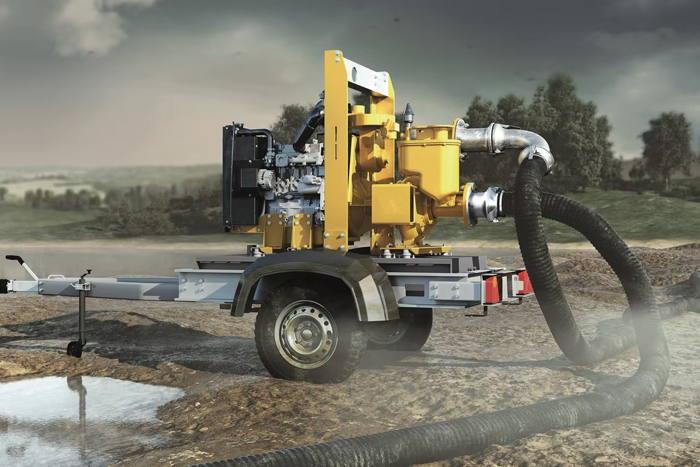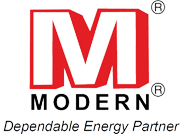
How to Choose the Right Dewatering Pump for Your Application
On many building sites, dewatering is essential. Numerous excavation sites may become flooded with water for a variety of reasons, such as rain, ice melting, or an excessive water table at the site. For the safety of the work area and to preserve the excavation’s structural integrity, this water must be removed.
Dewatering operations often include the use of industrial pumps, but not all pumps are made equal. Every pump has characteristics and capabilities that make it suitable for various applications. Therefore, choosing the finest pump for the job is crucial for getting the greatest outcomes.
What type of pumps you should be using for a certain situation depends on a number of things. As conditions might fluctuate within a single project, even a given construction site could require different pumps. Below are some of these variables discussed:
Pump Size
The maximum processible load of the device is determined by pump size. Industrial versions range in power from 1-2 kW to 10 kW. Continuously using the pump at full capacity might lead to mechanical issues and interfere with pumping activities.
Therefore, additional pumps scattered throughout the site should be taken into consideration if pumping is anticipated to run for a lengthy period of time. The equipment will stay operational for extended periods of time thanks to this parallel pumping technology.
Flow Speed
The flow rate influences how long it will take the pump to complete the task. By choosing pumps with the right flow rate, the site will be drained in the desired amount of time. The size of the location and the volume of water to be extracted both affect this characteristic.
Engineers may employ pumps that can discharge more liquid per minute when water has to be swiftly evacuated from bigger regions.
Portability
It might not be feasible for certain projects to have separate pumps for each wet location on the job site. In this situation, it’s crucial to make sure the chosen pump is simple to relocate.
The amount of manpower and the construction budget are significant factors in equipment selection. For instance, it might be more valuable to purchase an expensive, portable model as opposed to a less costly one that requires more effort and time to transfer.
A strong processing capacity
Dewatering in construction is rarely an easy task. Particularly groundwater frequently contains different kinds of silt, sand, and other abrasive materials that can harm a standard pump with poor tolerance.
Additionally, water from the building site might combine with excavated dirt and cement to form a slurry that is too thick for some pumping systems. Industrial pumps may be categorized into three kinds based on their ability to remove solids:
- Drainage Pumps are used to remove water with little suspended particulates.
- Sludge pumps: As its name implies, sludge pump is the best when used for the removal of non-abrasive sediments.
- Slurry pumps are used to remove water that has large suspended materials, including concrete, sand, or gravel.
Centrifugal Pump
Due to its adaptability, centrifugal pumps are among the most often used types of pumps. They work well in low-pressure applications that call for the transfer of low-viscosity liquids at high flow rates. These pumps spin the water via one or more propellers to guide the flow in the direction of the discharge end.
A single centrifugal pump (single impeller) or a multi one (more than one impeller), depending on the required pressure, may be required.
Centrifugal pumps need priming since they can’t process air. To ensure appropriate operation, priming involves manually adding water to the pump’s input. These pumps only require priming at starting; beyond that, the unit will continue to function normally.
Displacement Pumps
Fluid displacement serves as the main pumping mechanism for displacement pumps. In these kinds of pumps, liquid is taken into a set compartment at the intake, and then is forced through the exit in a predetermined amount by a reciprocating or rotational action.
These pumps are well known for their proficiency with highly viscous fluids. They are also ideal for high-pressure applications due to the fact that the intake pressure has no impact on their output flow. Displacement pumps are the best choice for circumstances when fluid characteristics and high pressure may cause centrifugal pumps to malfunction, despite the fact that centrifugal pumps are more often utilized.
Submersible pump
Submersible pumps are those that can run totally submerged in water, as their name indicates. The pumping unit’s thin, cylindrical shape makes it perfect for extracting water from the ground or constrained areas, such as sump pits. Even though they lack displacement pumps’ capability, they can nonetheless handle abrasive fluids.
These pumps don’t need priming because they are immersed in water. However, since submersible pumps run the risk of shock, additional safety measures are necessary.

